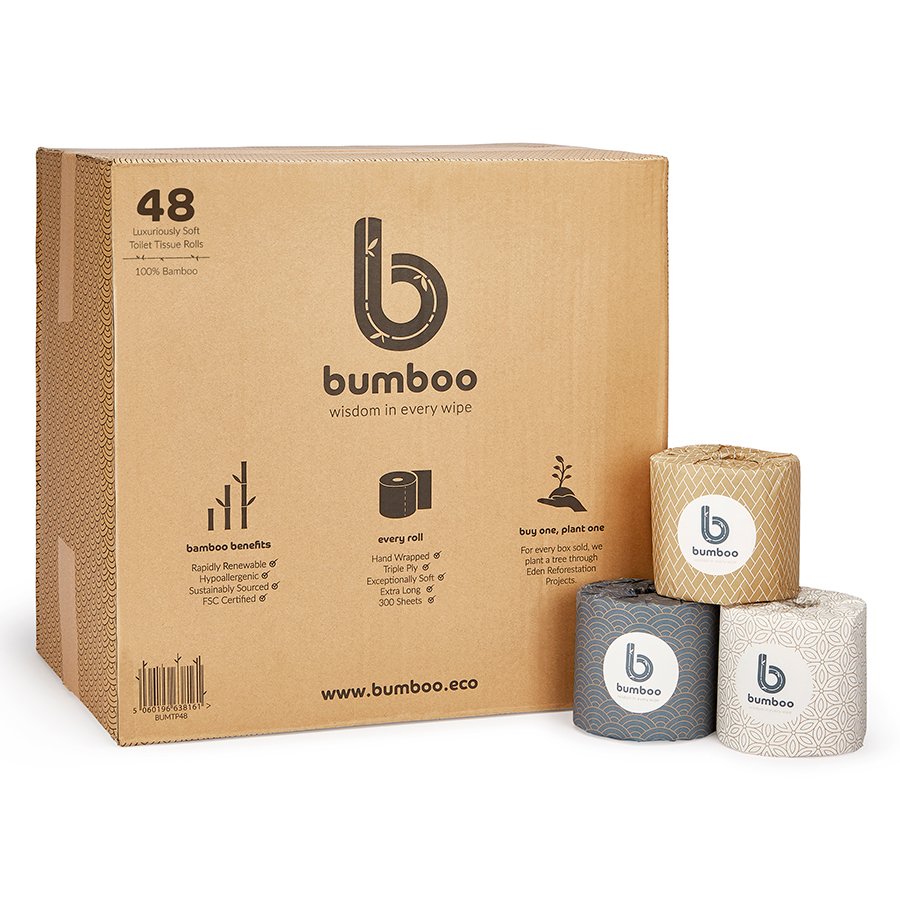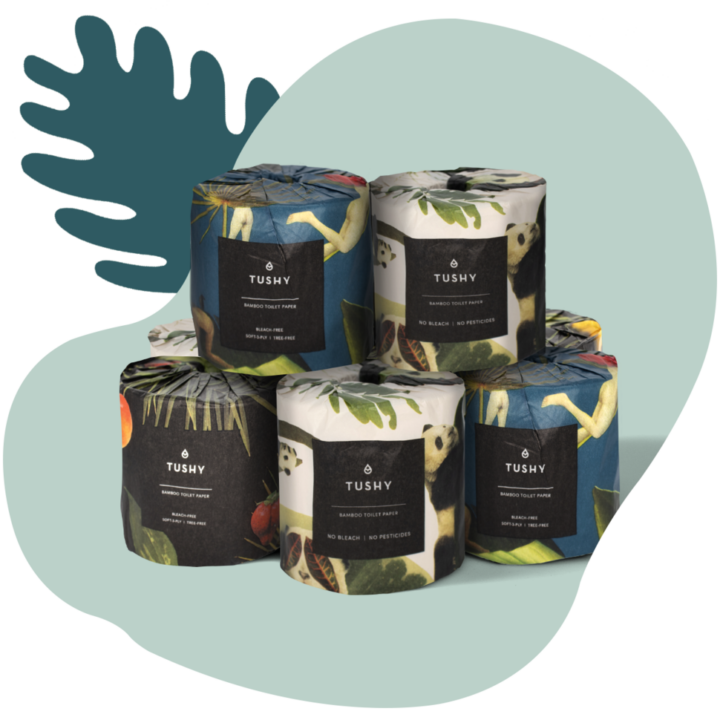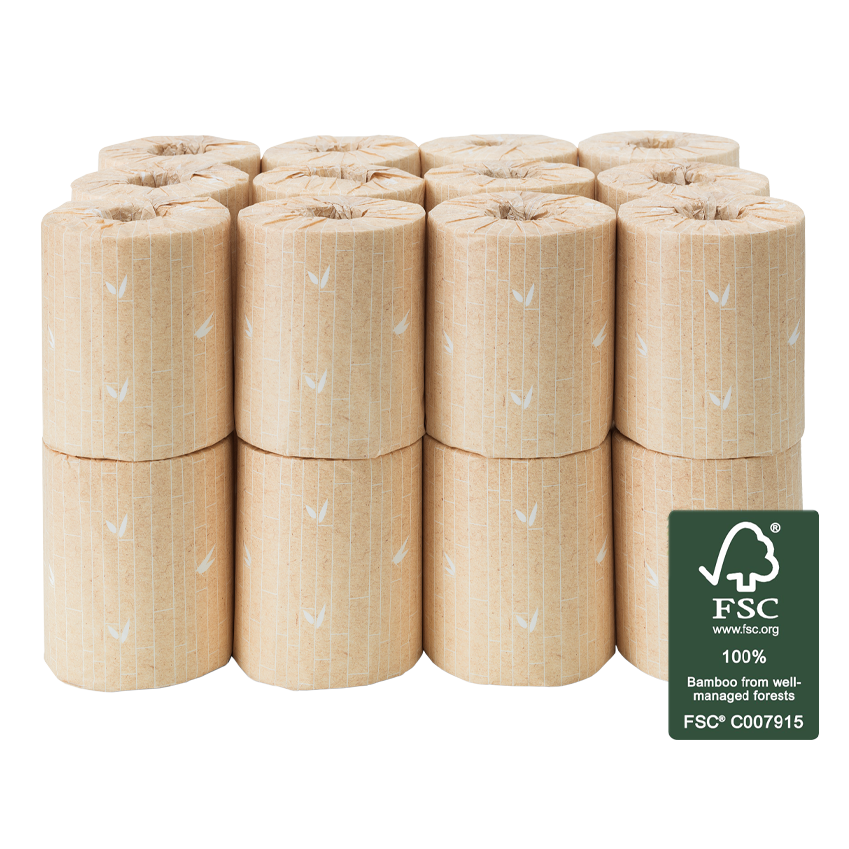

Major toilet paper makers like Procter & Gamble (Charmin), Kimberly Clark (Cottonelle, Scott), and Georgia-Pacific (Quilted Northern, Angel Soft) use primarily, sometimes exclusively, freshly cut trees.

In fact, the best, softest toilet paper comes from softwood trees like pine and spruce.

Toilet paper does in fact come from somewhere, the report noted, correctly. A report titled "The Issue With Tissue" and published earlier this year by the global environmental organisation Natural Resources Defense Council (NRDC), issued several of the biggest-selling toilet paper brands with a sustainability warning. It also takes a lot of water to process trees into toilet paper Image: ColourboxĪpparently, we flush 27,000 trees down the toilet each day. Revenue in the sector is expected to be $15.5 billion (€13.8 billion) in 2019 and the market is expected to grow annually by 1%, with most revenue generated in China, according to German statistics portal Statista. "As the developing world continues to take the lion's share of sales, multinational manufacturers are witnessing increased competition from emerging regional players." The global toilet paper market is growing at a rapid pace, a Transparency Market report states, noting that there is a general westernization of toilet culture. 2 are pushing the boundaries of how we think about buy and use toilet paper. But small firms like Who Gives a Crap, Tushy, Cheeky Monkey and No. They are a drop in the ocean, admittedly, at this stage.


 0 kommentar(er)
0 kommentar(er)
